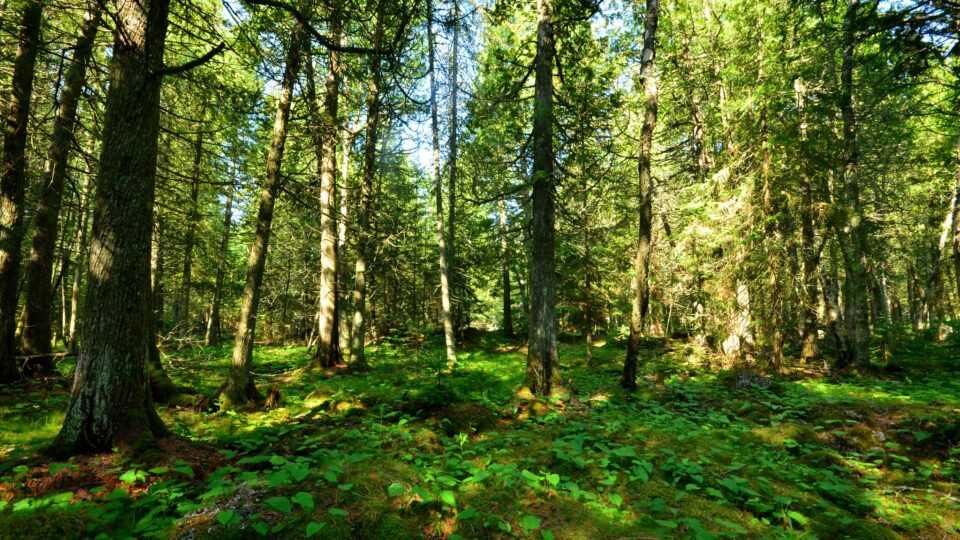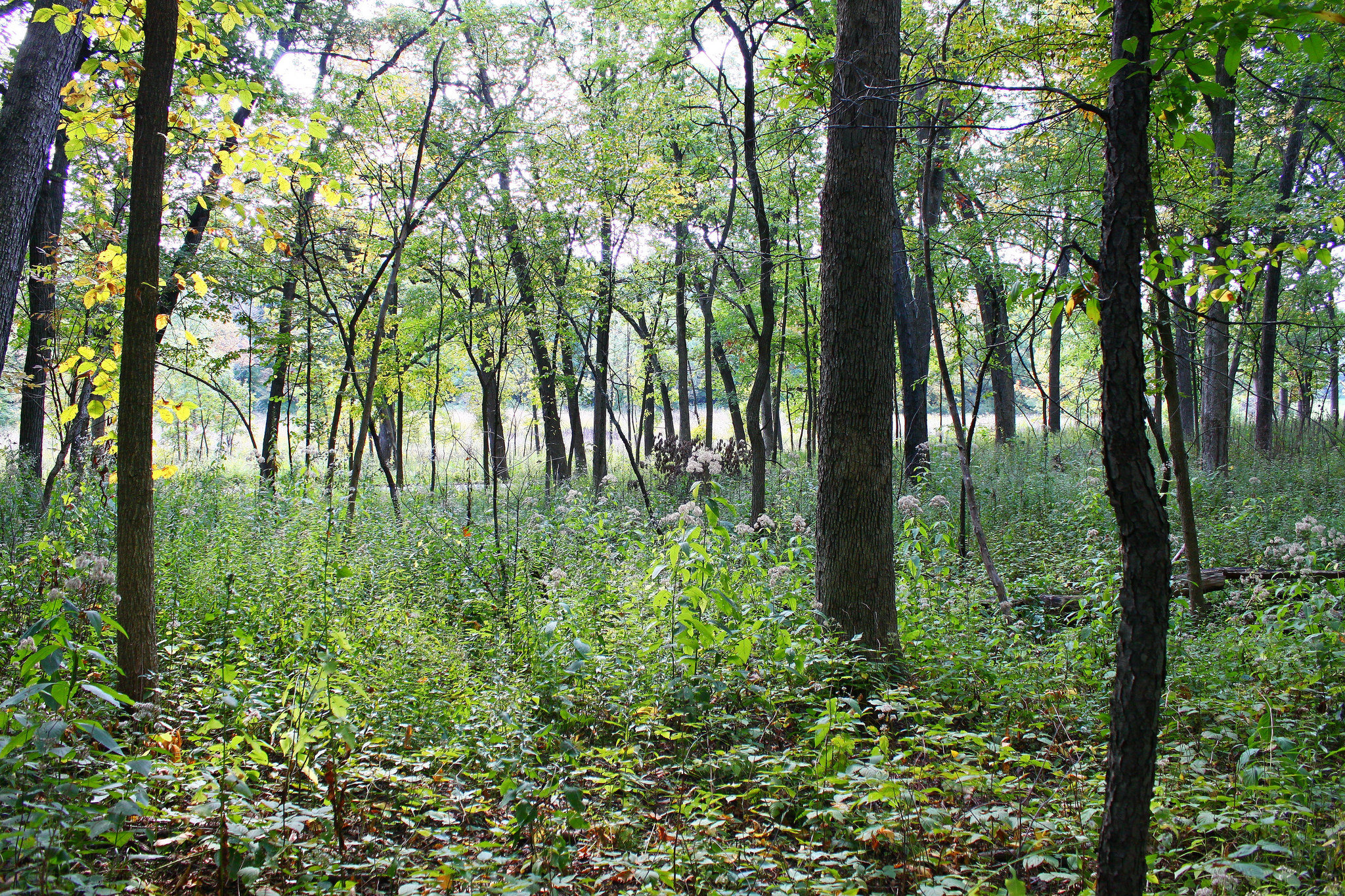Climate experts consider sequestration and storage of carbon in trees to be among the most affordable and scalable natural climate solutions. If implemented globally, trees could provide a third of the near-term climate change mitigation needed to meet the terms of the Paris Agreement.
Small family-owned forests make up 38% of U.S. forests, a total area 1.5 times the size of Texas and more than any other ownership type. Most small landowners want to do right by their land, but they rarely have access to the expertise or resources needed to optimize their forests for carbon sequestration.
This spring, the Nature Conservancy, the American Forest Foundation, and the Vermont Land Trust announced two new programs, funded in part by a $10 million grant by Amazon, that will provide funds to small landowners to grow larger, healthier forests.
Few forests are managed for carbon sequestration. Practices like fast logging rotations, so-called high-grading that strips out the largest, most valuable trees, and rampant invasive species all compromise the ability of a forest to lock away carbon. It turns out that most small landowners would like to do better, but they don’t have the expertise or the financial resources to implement sustainable management.
Existing carbon markets are not geared towards small forest owners. Their payments are tiny and the required contract terms are onerous. The Family Forest Carbon Program commits landowners for only 10 to 20 years. Typical landowners won’t get a windfall. A 100-acre landholding would stand to earn around $24,500 over 20 years.
If these programs can sign up 20% of U.S. forest landowners, it could offset the emissions from 6 million cars.
**********
Web Links
How Small Family Forests Can Help Meet the Climate Challenge
Photo, posted July 14, 2013, courtesy of Joshua Mayer via Flickr.
Earth Wise is a production of WAMC Northeast Public Radio.

